Niobium Nitride Powder in Thin-film Fabrication
Introduction
While working through our extensive exposure to the materials of physics, engineering, and chemistry, we commonly find niobium nitride powder as a suitable compound. We discuss its basic properties, uses in superconducting operations and other applications, and the techniques of depositing it into thin films.
Niobium Nitride Powder
Niobium nitride powder is unique due to its specific chemistry and physical morphology. It consists of fine grains that can be observed under a microscope as small crystalline particles. The compound contains niobium and nitrogen, has a very high melting point, and exhibits good corrosion resistance. Our measurements have shown that the powder can have a purity level of more than 99%, which is essential when it is applied in thin films. The grain size typically ranges from nanometres to a few micrometres in most reports. These characteristics assist in forming films that become uniform in thickness and with uniform properties across the film.
The powder is produced through complex chemical procedures such as reactive sputtering and thermal treatment. The mode of production ensures that the powder possesses a quality that satisfies the stringent demands of high-tech application. In practice, technicians and engineers handle this powder with care, typically donning protective equipment in clean room facilities to avoid contamination.
Superconducting Applications
Niobium nitride has been widely used due to its superconducting properties. It can carry electric current with zero resistance at very low temperatures, close to 16 Kelvin. Such an absence of resistance is significant in most high-efficiency systems. For example, superconducting cables in the laboratory and power transmission networks can be beneficial.
Other common uses include superconducting detectors for applications in astronomy and medical imaging devices. Evidence indicates that these devices achieve very low energy loss due to the thin film coatings made from niobium nitride powder. Scientists have replaced traditional materials with niobium nitride in complex circuits in some real-life applications to enhance performance. Its use in quantum computing also arises because the thin films provide a stable platform for quantum bits.
Further reading: List of Low Temperature Superconducting Material
Non-Superconducting Uses
While its superconductive application is critically important, niobium nitride powder also finds applications in non-superconducting scenarios. In its refractory nature, the compound serves as a wear-resistant coating on cutting tools and components subjected to high-pressure conditions. Industrial parts exposed to extreme pressures and heat benefit from hard coatings that result from this process.
Engineers typically apply layers of niobium nitride to enhance the lifespan and thermal resistance of devices such as turbine blades and chemical reactors. Such components achieve increased hardness and oxidation resistance when produced from thin films made from the powder. There are several industry examples where the addition of niobium nitride has resulted in reduced maintenance costs and improved efficiency.
Thin Film Deposition Techniques
Over the decades, several deposition techniques have evolved to guide the thin film fabrication using niobium nitride powder. One such reliable process is sputtering. In sputtering, a target of niobium nitride is ion-bombarded, which further deposits a thin film onto a substrate such as silicon or glass. The process can be controlled to closely regulate the film thickness.
Another notable technique is chemical vapour deposition. In this method, vapours react on a heated substrate, resulting in a uniform thin film of the target material. In the majority of engineering applications, such films exhibit outstanding uniformity and adhesion. The processing parameters, such as pressure and temperature, are under strict control. The technique creates repeatable and reproducible film properties that meet the very high expectations of industrial applications.
Other methods include atomic layer deposition. This technique utilises cyclic, self-limited reactions to create layers a few atoms thick. Although atomic layer deposition is slower than sputtering, it can offer excellent precision. In practical applications, atomic layer deposition is employed whenever the film thickness requires control on an atomic scale.
Conclusion
We have covered some significant facts about niobium nitride powder in thin-film production. The powder has notable merits in superconducting and plays a strong role in non-superconducting technology. Proper preparation and strictly controlled deposition procedures can lead to the production of high-quality films. The films possess precise thickness, good adhesion, and high resistance to environmental stresses.
Our deliberation and conclusions today demonstrate that powder niobium nitride is an important substance in contemporary technology. It contributes to advancements in superconductivity and enhances everyday industrial components. Niobium nitride work remains a clear illustration of how common compounds can lead to complex and useful technologies.
Frequently Asked Questions
F: At what temperature is niobium nitride superconducting?
Q: It becomes superconducting at around 16 Kelvin.
F: Is powder niobium nitride suitable for coatings at high temperatures?
Q: Yes, niobium nitride is used for wear-resistant and heat-resistant coatings.
F: Is thin film deposition a complex process?
Q: It is a well-controlled process with methods like sputtering, chemical vapour deposition, or atomic layer deposition.

 Bars
Bars
 Beads & Spheres
Beads & Spheres
 Bolts & Nuts
Bolts & Nuts
 Crucibles
Crucibles
 Discs
Discs
 Fibers & Fabrics
Fibers & Fabrics
 Films
Films
 Flake
Flake
 Foams
Foams
 Foil
Foil
 Granules
Granules
 Honeycombs
Honeycombs
 Ink
Ink
 Laminate
Laminate
 Lumps
Lumps
 Meshes
Meshes
 Metallised Film
Metallised Film
 Plate
Plate
 Powders
Powders
 Rod
Rod
 Sheets
Sheets
 Single Crystals
Single Crystals
 Sputtering Target
Sputtering Target
 Tubes
Tubes
 Washer
Washer
 Wires
Wires
 Converters & Calculators
Converters & Calculators
 Write for Us
Write for Us
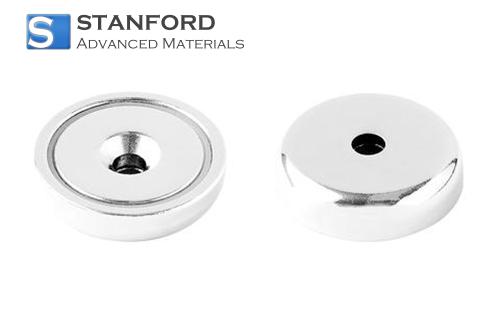
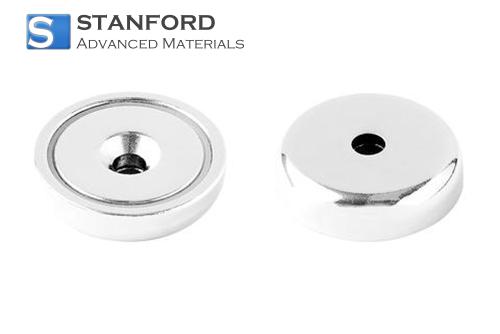
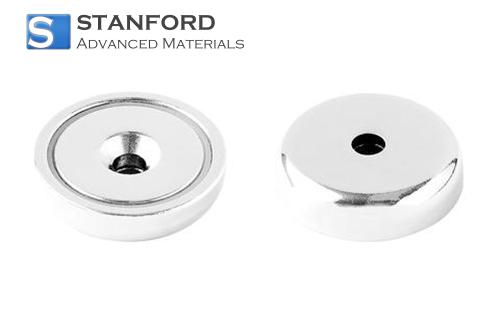
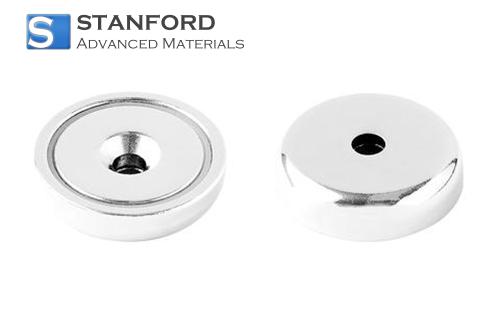
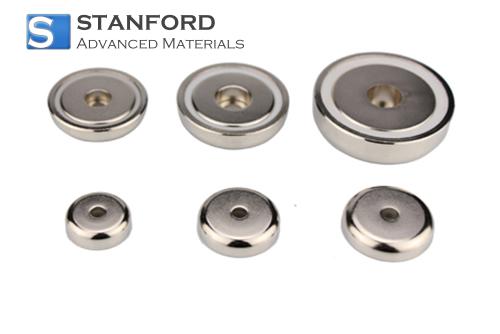
 Chin Trento
Chin Trento


